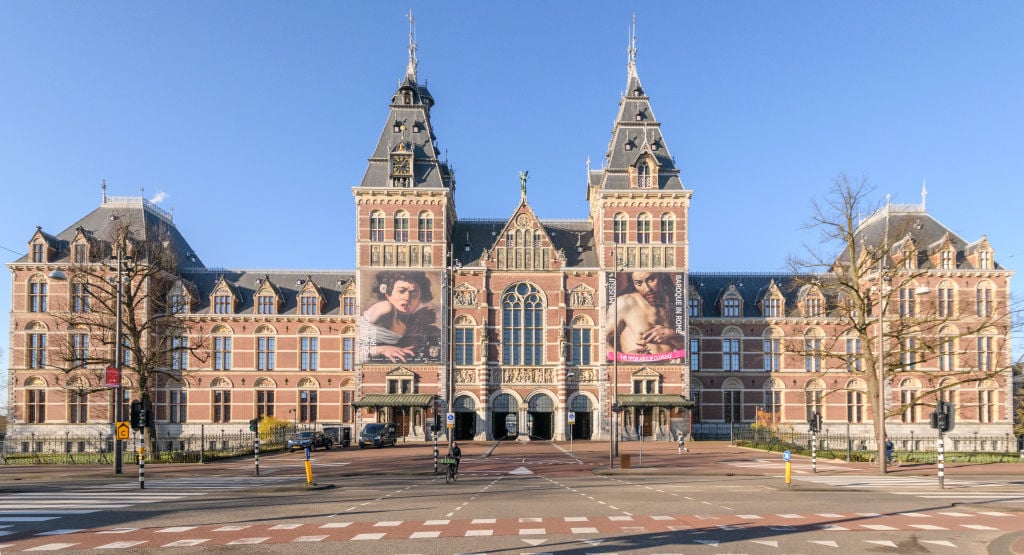
The government of the Netherlands doubled down on its plans to return Nazi-Looted art last week, announcing an overhaul to its restitution policy and an investigation into the country’s national collections.
Particularly significant is the Dutch Government’s new approach to “heirless art.”
Restitution previously necessitated the descendants of an artwork’s owner to put in a claim and provide proof that an artwork was stolen prior to or during World War II.
Now, in cases where no heirs can be identified, any artwork deemed to have been looted by Nazis will be transferred to an appropriate Jewish heritage institution.
“We must continue our efforts to return items lost involuntarily or acquired illegally around the time of the Second World War to the right people,” Ingrid van Engelshoven, the Dutch minister of culture, said in a statement. “This is an important step forward in our thinking around restitution policy.”
Revamping the country’s restitution guidelines has long been a priority of Van Engelshoven. Last year, she convened a committee tasked with reviewing the Dutch Restitutions Commission, a state agency once thought to be a world leader in restitution. Since its founding in 2002, the committee has heard 163 cases involving 1,620 works of art, ruling to return 588 of them, according to the New York Times.
But when the results of the review were made public last December, they told a different story, one that suggested the commission’s guidelines had grown overly complicated and ineffective. Two of the commission’s seven members resigned in response to the report.
At the center of the debate was the agency’s “balance the interests” policy, adopted in 2012, which gave it the power to reject a restitution claim if it believed the artwork in question had become more important to the Dutch state than the heirs.
Adopting Van Engelshoven’s revisions, the Netherlands will organize a new investigation into the provenance of all artworks in the country’s collection of cultural items that came to the state after the war. The government will also centralize all data related to the collection in a public database. The “balance the interests” policy was not addressed in last week’s announcement.
“Restitution is more than just the return of a cultural object,” Van Engelshoven said in March. “It is an acknowledgment of the injustice done to the original owners and a contribution to the correction of this injustice.”